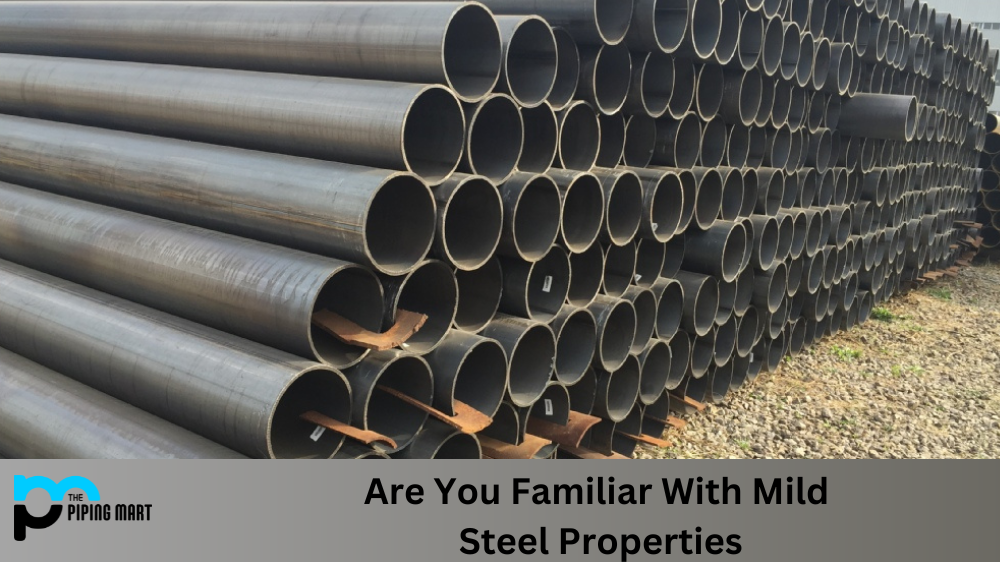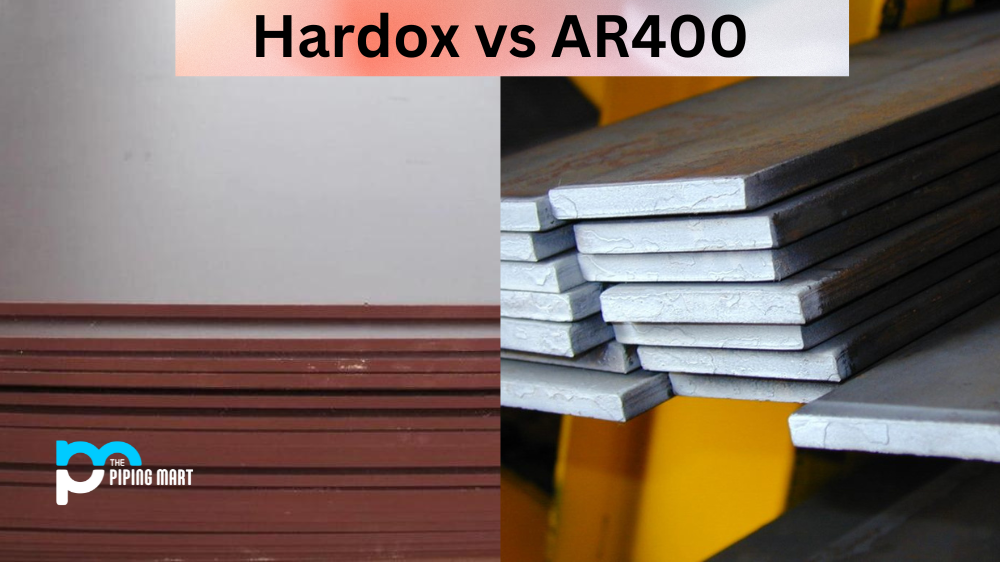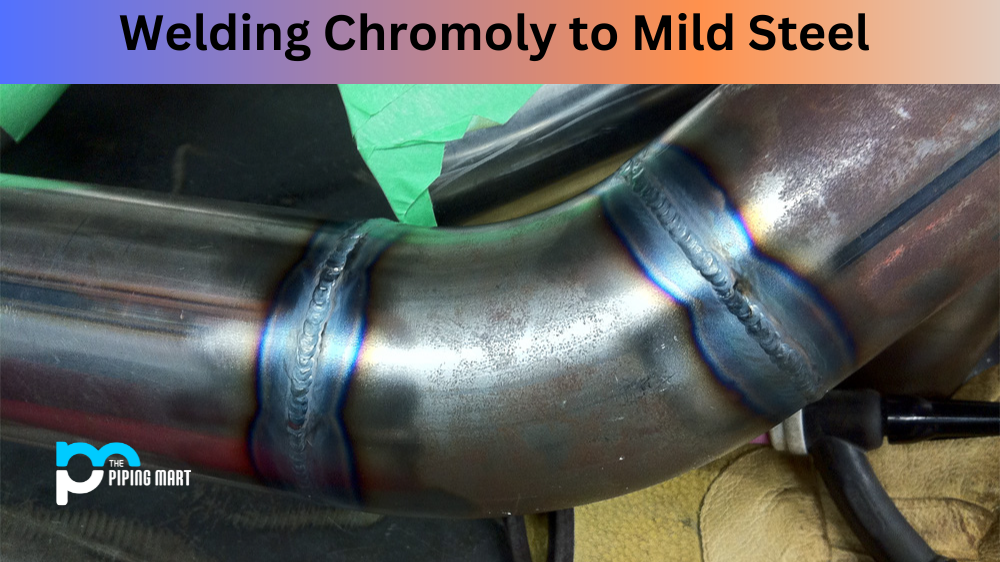Mild steel is a popular material used in construction and manufacturing due to its malleability, affordability, and durability. But what are the properties of mild steel? Let’s take a closer look at mild steel’s physical, chemical, and mechanical properties.
Mild Steel Physical Properties
Mild steel has a low carbon content, making it more malleable than other durable materials like stainless steel. It is also cheaper than other metals, making it an ideal choice for many applications where strength and cost are important factors. Mild steel has excellent weldability qualities and great formability, making it easy to work with. Also, mild steel has good corrosion resistance when exposed to alkaline solutions or salt water environments.
Density
The density of mild steel is 7.85 g/cm3 (0.284 lb/in3). Mild steel has a relatively low density compared to other metals. This low density gives it a number of advantages, including being easy to work with and transport.
Strength
Mild steel has a relatively high strength-to-weight ratio. It is strong for its size and can be used in various applications where weight is a concern, such as in the automotive and aerospace industries.
Ductility
Mild steel is also quite ductile, meaning it can be easily formed into various shapes. This property makes it ideal for use in construction and other applications where parts need to be formed into specific shapes.
Corrosion Resistance
Mild steel also has good corrosion resistance, making it suitable for use in many environments. However, it is not as resistant as other metals, such as stainless steel.
Cost
Mild steel is one of the most affordable metals today, making it a popular choice for many applications.
Mild Steel Chemical Properties
Mild steel comprises mainly iron atoms with up to 0.25 percent carbon. It also contains some trace amounts of manganese, sulfur, phosphorus, and silicon, depending on the grade of the mild steel in question. These trace amounts of elements have different effects on the properties of mild steel, such as its strength or ductility. By adding other parts or types of alloying elements, mild steels can be tailored to suit specific applications.
- Mild steel is an iron-carbon alloy with a carbon content of 0.05-0.25%.
- Mild steel has good weldability and machinability and can be heat treated to increase strength and hardness.
- Mild steel is used in various applications, including construction, automotive, and aerospace industries.
- The chemical properties of mild steel include high levels of carbon, iron, and manganese.
- Mild steel is susceptible to rust and corrosion when exposed to moisture or oxygen.
Mild Steel Mechanical Properties
The mechanical properties of mild steel will vary depending on your grade. Generally speaking, mild steels are relatively soft and ductile materials that are easy to work with and form into shapes for various uses. The tensile strength of mild steel varies from 515 MPa to 845 MPa depending on the grade being used, with higher grades having greater tensile strengths than lower grades, such as AISI 1018 or AISI 1045. Mild steels also have high ductility, which allows them to be easily bent or shaped without cracking or breaking under tension. Additionally, they boast excellent weldability allowing them to be joined together easily without becoming brittle over time due to welding heat exposure.
- Mild steel is a type of carbon steel with a low amount of carbon – it is also known as “low carbon steel.”
- Mild steel has various properties, making it suitable for various applications.
- One of the most important properties of mild steel is its weldability – it can be easily welded together to create structures and products.
- Another important property is its machinability – this means that it can be easily cut, drilled, and machined without requiring special equipment or training.
- Mild steel also has a high degree of ductility, meaning that it can be easily formed into different shapes without breaking.
Conclusion:
Mild steel is a very useful material due to its physical, chemical, and mechanical properties. It is ideal for many applications, including construction and manufacturing projects where strength and cost are important factors. Whether you’re looking for weldability, formability, corrosion resistance, or general malleability; mild steels can provide all this in one package! With various grades available for different needs, it’s no wonder why so many people opt for this versatile material when tackling their project requirements!

Abhishek is a seasoned blogger and industry expert, sharing his insights and knowledge on various topics. With his research, Abhishek offers valuable insights and tips for professionals and enthusiasts. Follow him for expert advice on the latest trends and developments in the metal industry.




